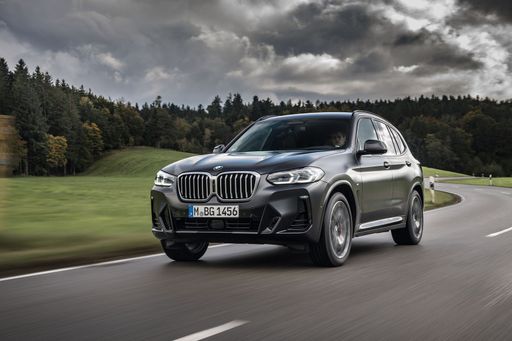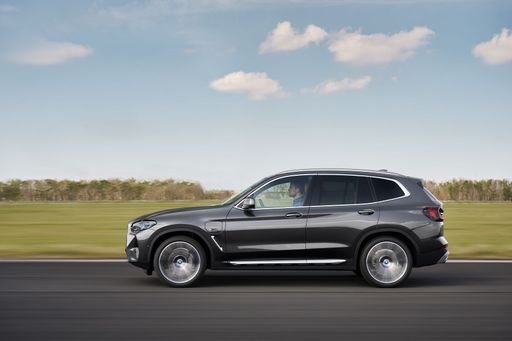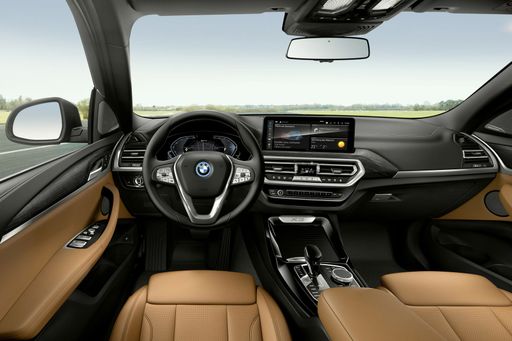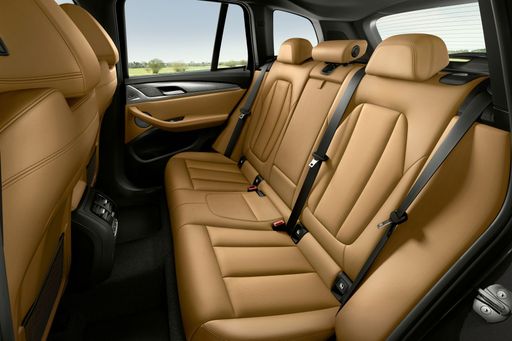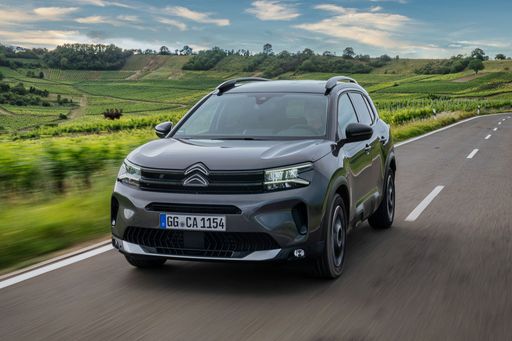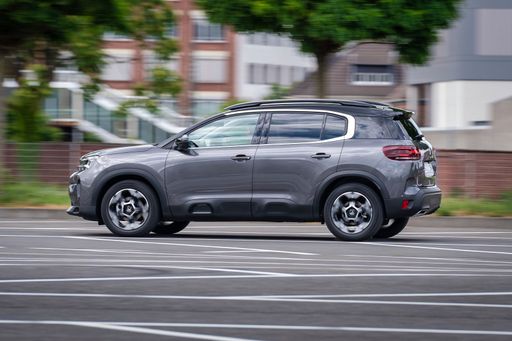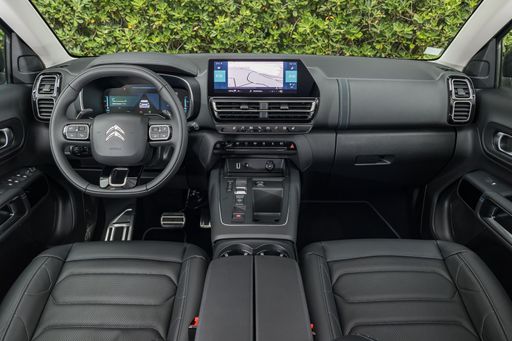Versatility at its Finest: BMW X3 vs. Citroen C5 Aircross
In today’s automotive market, the quest for a versatile, family-friendly SUV often brings prospective buyers to two impressive contenders: the BMW X3 and the Citroen C5 Aircross. While both vehicles cater to a similar audience, they bring different strengths and innovations to the table. Let's delve into a detailed comparison to see which might suit your needs better.

